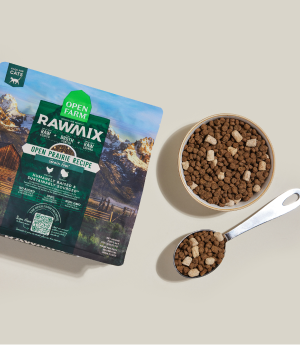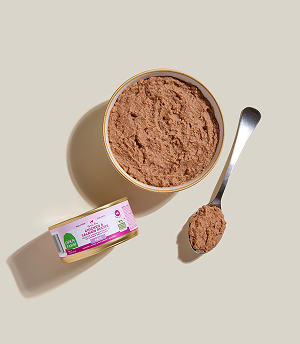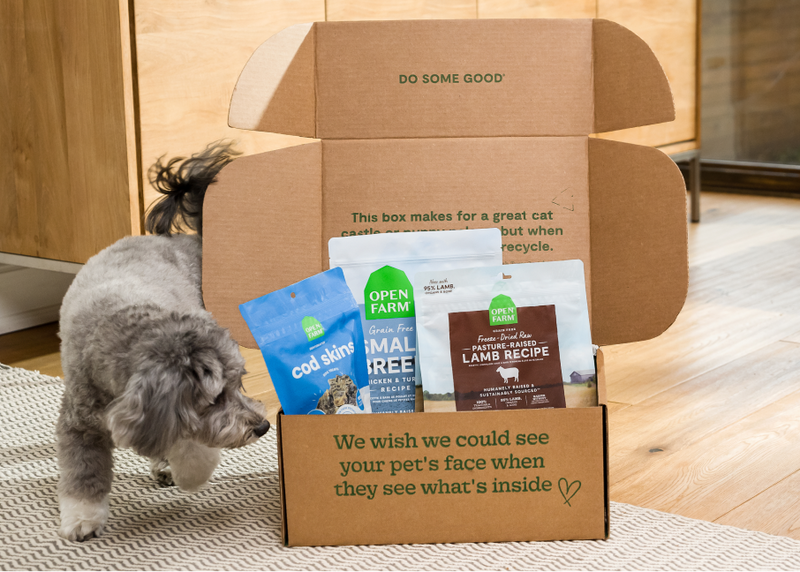We completely understand your reaction to the word “glycemic index”, and agree that it sounds like a complicated term that only the top canine chemists can decipher. We’ve come up with a list of the most important things to know about the glycemic index and dog food, to help pooches like you better understand why it should be important to you.
What does “Glycemic Index” actually mean?
The Glycemic Index (GI) is a system that measures the effects that the carbohydrates in foods have on blood glucose levels. Carbohydrates are a major part of keeping one’s energy up and active, but not all carbohydrates are good carbohydrates. If not all carbohydrates are created equally, here’s how to tell which are better for you.
There are two types of foods when referencing the Glycemic Index - Low GI foods and High GI foods. Low GI foods are those that contain carbohydrates that are digested slowly, which means that energy is sustained for long periods of time. This is good! High GI foods are those with carbohydrates that are digested quickly and easily, which always results in a quick spike of energy that is followed by a rapid crash. This is not so good!
How to tell which foods are have a high Glycemic Index, and which have a low one.
Foods are rated on a scale of 1 to 100, with Low GI foods having a rating of 55 or under, and High GI foods having a rating of 70 or higher. Now I know what you’re thinking….how the heck do I measure my food’s glycemic index?! Unfortunately, it’s not as easy as just looking at a package and seeing a number. What you need to do is read your nutritional label and look at the ingredients that are in the food you’re eating. According to the Glycemic Institute, Low GI foods are things like lentils (measurement of 29), chickpeas (26), and sweet potatoes (48), while High GI foods are ingredients like Potato Starch (95), and Rice (70). It’s also important to know that GI values applied to foods are only guidelines, and factors like combining carbs with fats or fibers can lower a foods overall GI, or that even different individuals can have different responses to the same food.
That’s great, but how does this apply to dog food?
Let’s first note that at this time, the FDA doesn’t evaluate glycemic claims and there is no accepted protocol for investigating GI for pet foods. What’s more, is that since pet foods are made of a combination of ingredients, and GI is for individual ingredients, having an actual GI value for a given pet food is complicated, or next to impossible. However, given what we know about GI food, there can be some things to look for when trying to choose a pet food that would be on the lower GI spectrum, and potentially healthier for your pet. For one, choose a pet food with premium proteins, that is grain free and also has Low GI ingredients such as garbanzo beans, green lentils, field peas and sweet potatoes. Beware of high glycemic foods such as corn, sugar, tapioca or potato starch, which are often used as fillers in dog food - but that should be an overall rule when finding a quality pet food.
Hopefully this clears things up and the term Glycemic Index isn’t such a mystery anymore and that you’re now able to choose a healthy dog food that will keep you energized.



































 Sign In
Sign In
 Create Account
Create Account











